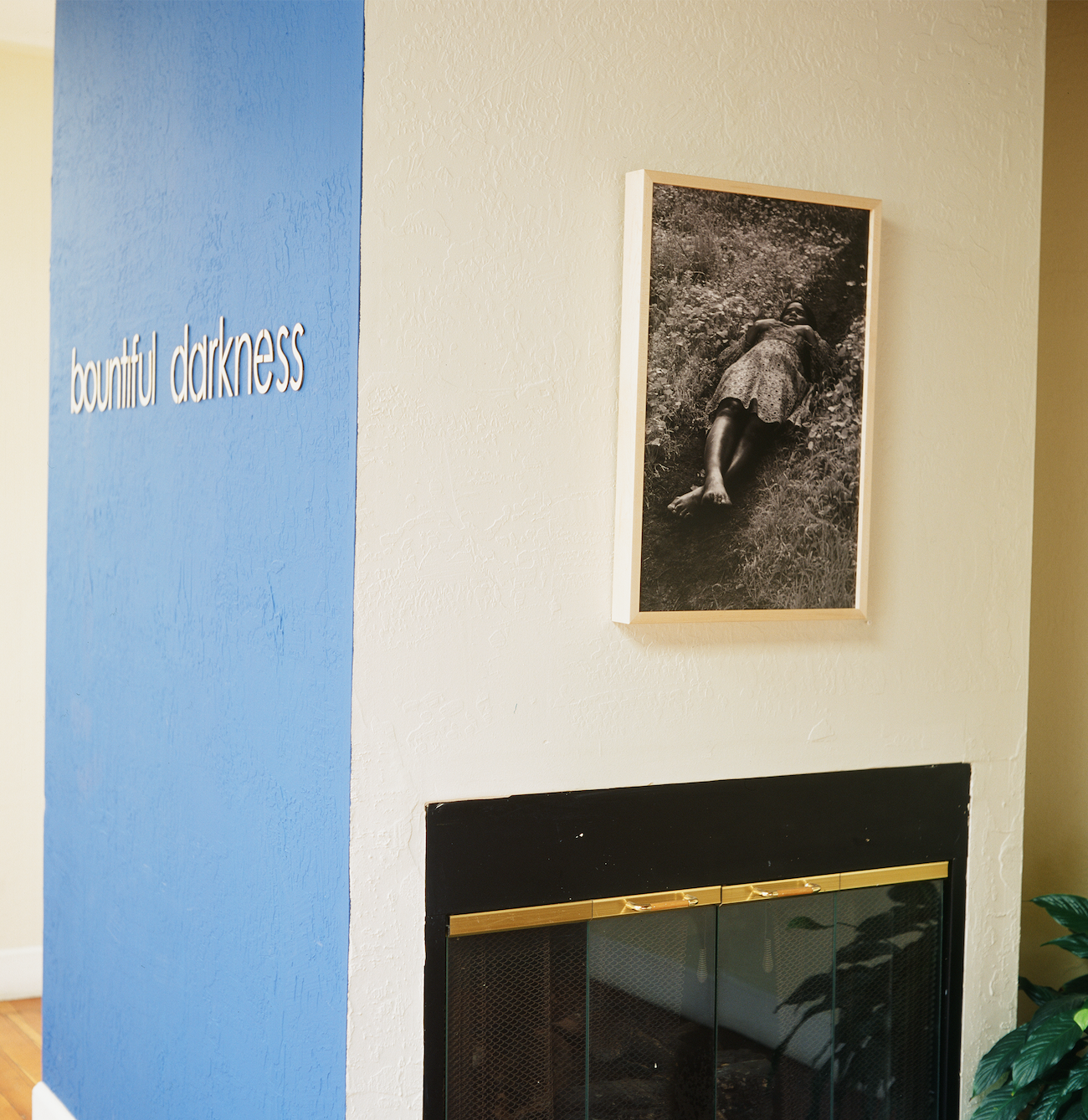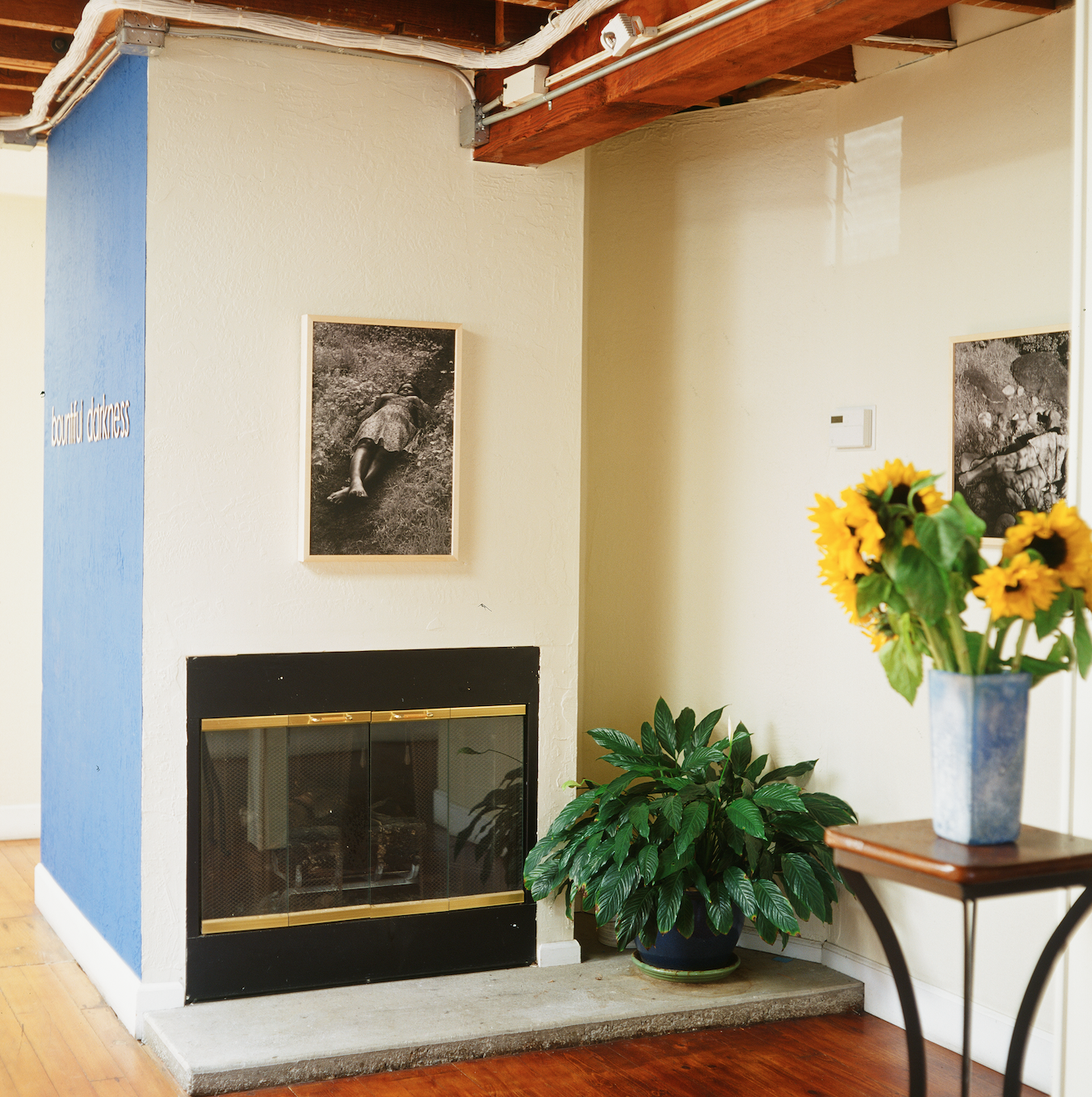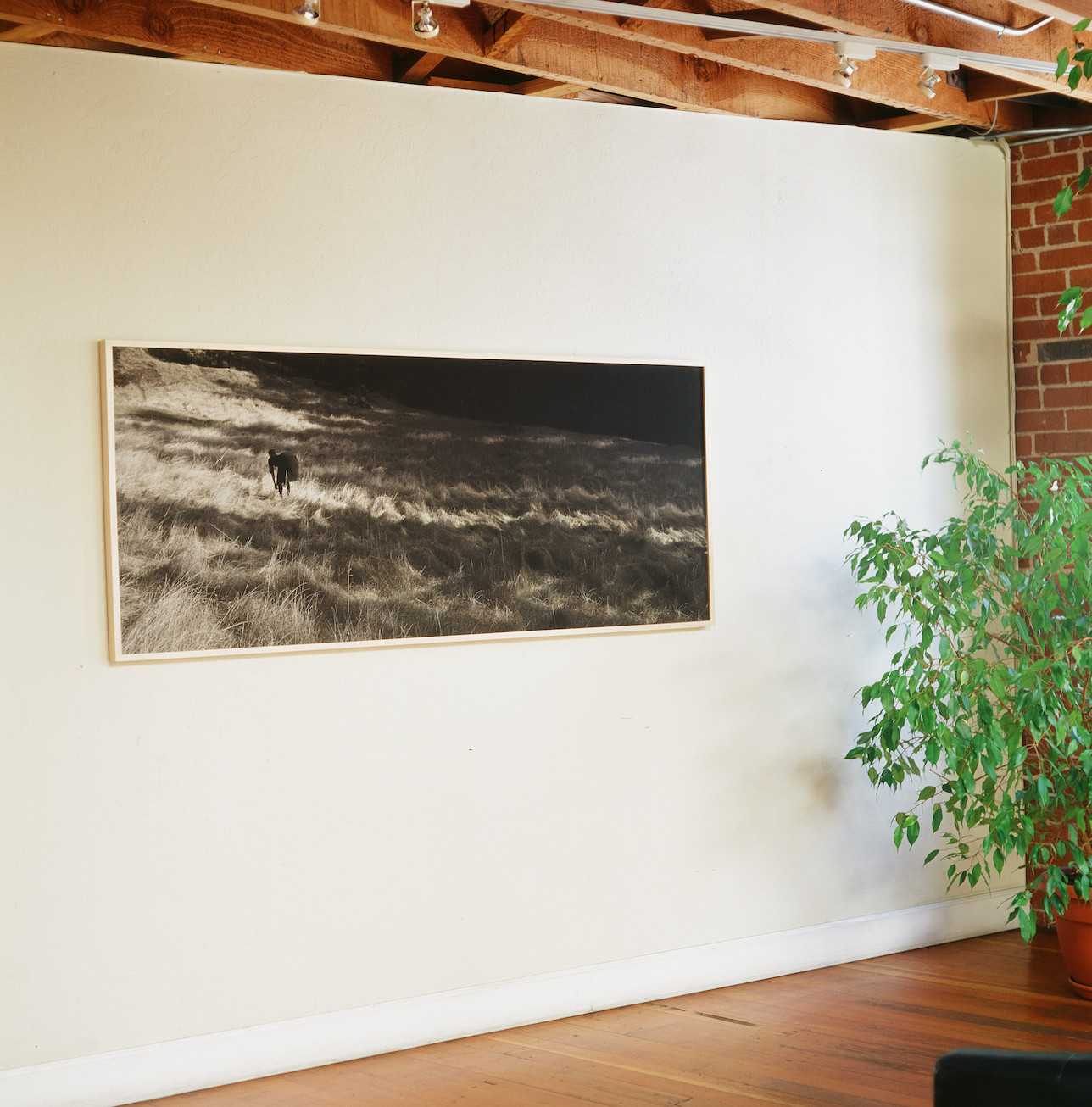Suné Woods: Bountiful Darkness





Suné Woods: Shape-Shifter
by Carla Williams
It is a device that has been used memorably in recent films such as Todd Solondz’s Palindromes (2004) and Todd Haynes’s I’m Not There (2007): actors of different genders, races, and ages portraying the same character (or aspects of the same character). For the audience, who are far savvier than they are given credit for, the switch-hitting is both obvious yet easily, oddly surmountable; we are able to make those leaps and connections at will. In her 2010 photographic series bountiful darkness, artist Suné Woods performs a similar shape-shifting, conflating cultures and narratives, landscapes and models from multiple histories and identities in order to create new archetypes: mythologies of family, landscape, and identity. The success of her work relies upon the viewers’ savvy in deciphering the codes that each transformation represents.
The body as a landscape. Fertile. Life-giving. Traversed.
The dress. Long-sleeved, knee-length, ruffled collar, large-eyed eyelet. Too pretty to lie on the ground. A symbol of femininity, simplicity, innocence. More than half of the images in bountiful darkness feature this garment, and like the iconic white shift worn in Lorna Simpson’s early work, it becomes a fabric upon which to project a number of meanings. Specific yet universal, multiple figures don it, change it up, wrestle with it. Woman, man, black, white, other, make a performance of this cloth. Lace, the first fabric rendered by the camera; coarse lace, traditionally symbolic of women’s work: made of cotton, harvested by their labor. With so many layers of signification, the viewer conjures her own narratives of what this multitasking costume represents. Like the work that tobacco farmer Henrietta Lacks’s body continued to perform long after her death; surprising us all—we didn’t know she had it in her. “The conditions that made Henrietta’s story possible are connected to the same set of ontologies that bore the blues. Inherited social structures, hair, skin tones, and social mobility are emphasized in my understanding of HeLa cells,” Woods writes, tapping into histories both real and represented. The photograph is visible, yet what is here that we cannot see? What metaphorical threads connect these subjects? The dress is thus a stand-in—what it suggests is not necessarily what is visible to the camera. “Pictures have embedded within them cultural codings which mediate symbols, familiar associations, and archetypes,” writes Woods. “A photographic representation is attached to all previous representations.” Indeed, Woods’s images simultaneously reference the medium’s history; cultural histories newly revealed; and private, unexplainable revelries.
The significance of place is evident throughout bountiful darkness. As in the movies, the California landscape where Woods photographs is Everyland: Europe, Egypt, ancient, desert, plains, jungle, the future. Despite what the eye sees, comprehending here requires faith, which the viewer readily brings, trusting Woods’s mastery of visual metaphor. No matter how long you look at it, the tall grasses in “Echo, Echo” (2010) are ever choppy waves on a foreboding sea, undulating shadows upon which a lone, burdened body—hunched, disfigured, like a female spider engorged with her egg sac—makes its way into the light, dragging history on its back. Woods was born in Montréal but grew up in Lantana, South Florida, just a spot on the map, really, a place to which people—Canadians, sometimes—escaped. To which others, not from Canada, hoped to escape. A place from which to escape, depending on where you stand. Suspended between water (2010), it occupies a liminal space like the supine woman in Woods’s photograph, whose crossed ankles form an impenetrable barrier bisecting the frame. From Ohio to Florida, Woods’s recollections of foundational encounters with the fundamental cycles of life—“…catching lizards with my older brother”—reveal the centrality of the landscape to the experience of the body.
In Lioness (2009), a hooded figure hauls her burden uphill through the woods. Visage obscured, she is a mythical creature performing the thankless, heroic task of bearing another’s weight. Slightly ominous, Woods’s image makes plain this is no easy journey. “In these pictures, the bodies contain and activate tales," Woods writes. Her role is as the storyteller, telling tales which boldly relinquish control to the viewer to determine their meaning. Like Lyle Ashton Harris and Thomas Harris, artists/brothers whose work draws upon hybrid religions to invent new archetypes, Woods conjures spirits and deities—in particular, the Trickster—the original shape-shifter—in order to encompass both a historical and a mythical context within her photographic storytelling.
Woods’ tableaux—lush, spare, dramatic, with a bit of the otherworldly—must be considered alongside those of several contemporaries who also chafe at the restrictions of limited narratives: artists like Xaviera Simmons, Isabelle Lutterodt, and Stephanie Lindsey, for whom the potent symbolism of earth, water, and bodies seen and unseen recurs. In varied ways, each of these artists “…uses the body as a site to think about histories: passed on, forgotten, or imagined.“ Luc Sante refers to Simmons as a lexicographer, director, choreographer, historian, designer, visual musician, sensualist, humorist, lover, and a photographer...” This multiplicity of roles could just as readily be attributed to Woods, whose images simultaneously inform, seduce, and unsettle. With bountiful darkness, Woods creates visual enigmas that challenge and confound, insinuating themselves on a subconscious level that remains with you long after you stop looking.